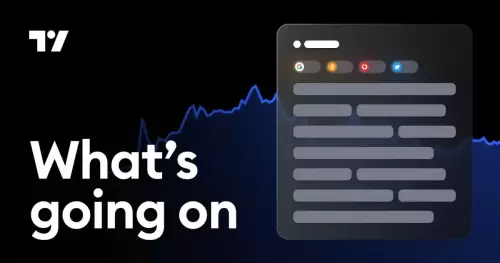 |
|
 |
|
 |
|
 |
|
 |
|
 |
|
 |
|
 |
|
 |
|
 |
|
 |
|
 |
|
 |
|
 |
|
 |
|
Sushi will host an AMA on X with dRPC on May 27th at 14:30 UTC to examine measures for mitigating maximal extractable value and other related issues.

output:
A maximal extractable value (MEV) analysis focused on the varying definitions and perspectives across the ecosystem. Notably, members of the community have brought up concerns regarding an imbalance in emphasis toward user privacy over protocol security. A breakdown of the pros and cons of approaches used by DeFi protocols to mitigate maximal extractable value.maximal extractable value (MEV) has become a hot topic in the cryptocurrency community. It is a term used to describe the maximal amount of value that can be extracted from a blockchain by an actor who has the ability to order transactions in a block. This actor, often referred to as an "MEV booster," could be a miner in a proof-of-work (PoW) chain or a validator in a proof-of-state (PoS) chain.
MEV can be extracted in a variety of ways, such as arbitrage, performing an operation that is profitable only because of the order of transactions, or including a transaction in a block only if another transaction is also included. For example, an MEV booster could include a transaction to buy a token at a low price and another transaction to sell the token at a high price in the same block. This would be profitable for the MEV booster, but it would be possible only because of the booster’s ability to order transactions.
MEV is a natural consequence of the way that blockchains are designed. In order to process transactions, miners or validators must select which transactions to include in a block and in what order. This creates an opportunity for abuse, as miners or validators could choose to prioritize transactions that are in their own best interests, even if this harms users.
The potential for MEV has been recognized for some time. However, it has become a more pressing concern in recent years with the rise of decentralized finance (DeFi). DeFi protocols are often used for tasks that are time-sensitive, such as arbitrage or flash loans. This makes them particularly vulnerable to MEV.
For example, consider a protocol that is used for arbitrage. Arbitrageurs aim to identify price discrepancies between different exchanges and then execute trades to profit from them. However, if an MEV booster processes transactions from multiple exchanges, they could identify arbitrage opportunities and perform them themselves before any arbitrageurs. This would leave no arbitrage opportunities for users of the protocol and grant the maximal extractable value from arbitrage to the MEV booster.
The potential for MEV is a serious concern for cryptocurrency users. It could lead to higher trading fees, less efficient markets, and a loss of privacy for users.
There are a variety of proposals for mitigating MEV. One approach is to use a decentralized protocol for routing transactions. Transaction routers would select which transactions to include in a block based on a decentralized voting system. This would prevent any single actor from having too much control over the order of transactions.
Another approach is to use cryptography to create untraceable transactions. This would make it difficult for MEV boosters to identify and exploit arbitrage opportunities.
Finally, protocols could be designed with maximal extractable value in mind. For example, a protocol could include a fee that is paid to the MEV booster for processing transactions in a specific order. This would provide an incentive for the MEV booster to act in the best interests of the protocol and its users.
Maximal extractable value is a complex issue with no easy solutions. However, it is an important issue that needs to be discussed and addressed.
Disclaimer:info@kdj.com
The information provided is not trading advice. kdj.com does not assume any responsibility for any investments made based on the information provided in this article. Cryptocurrencies are highly volatile and it is highly recommended that you invest with caution after thorough research!
If you believe that the content used on this website infringes your copyright, please contact us immediately (info@kdj.com) and we will delete it promptly.






























































